Types of Houseplant
There is a houseplant that is just right for you, your lifestyle and your home. Plants that need little maintenance or water, that will purify the air and which can engage the kids with nature.
Get to know some of our favourites with essential tips on how to care for your collection.
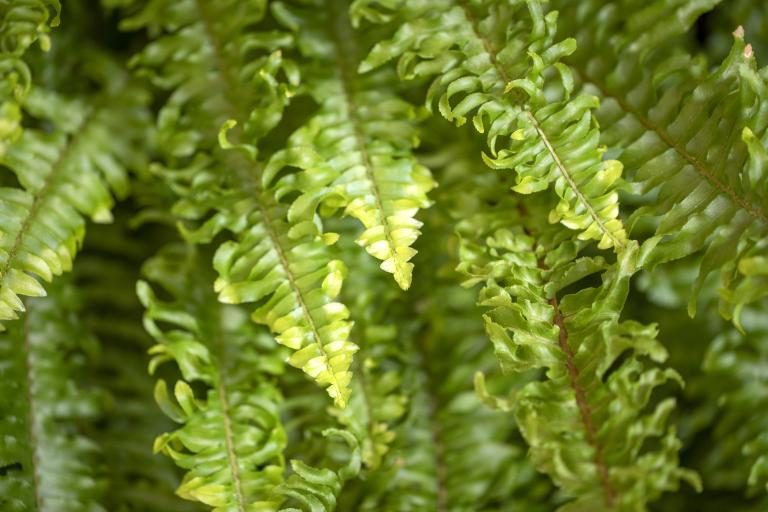
Ferns
Ferns, like the Boston fern (Nephrolepis), make great statement green foliage houseplants with additional air purifying properties. Ferns come in a variety of shapes and sizes, with some having feathery shapes like the popular maidenhead Adiantum. These are best suited for bathrooms or kitchens where humidity levels tend to be higher
Tip: Ferns require the soil to be kept evenly moist, which also helps provide the plant with good levels of humidity. It can also be beneficial to mist the plant during periods of hot weather. Ferns thrive in locations that receive filtered light, mimicking the light that comes through the trees on a forest floor.
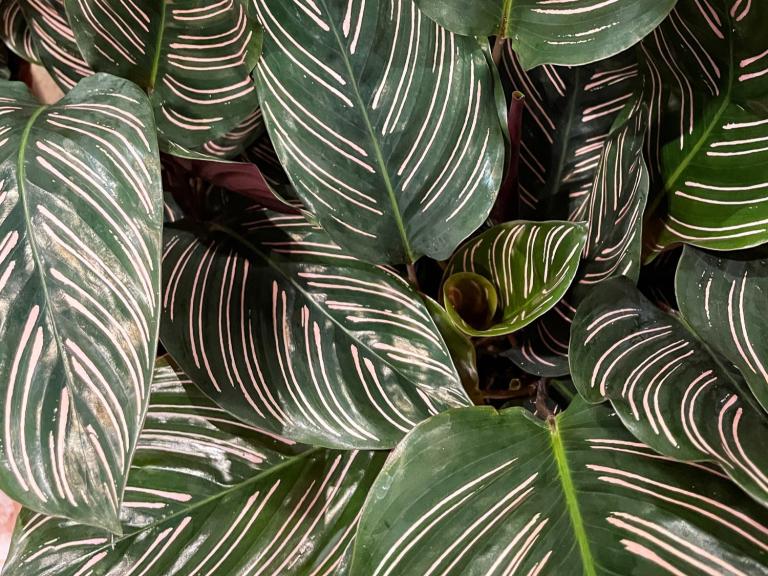
Calatheas
Calatheas are a genus of plants that belong to the Marantaceae family. The leaves of calatheas come in striking patterns and forms, making them popular houseplants. Some popular varieties include the rattlesnake plant (Calathea lancifolia), pin stripe calathea (Calathea sanderiana), and zebra striped (Calathea zebrina). These are just a small selection of the calathea genus.
Tip: They require a room with a warm, stable temperature to avoid being shocked by drafty doorways, as they can be sensitive to parameter changes. It is best to keep the soil semi-moist, as calatheas prefer high humidity levels and don't tolerate drying out well.
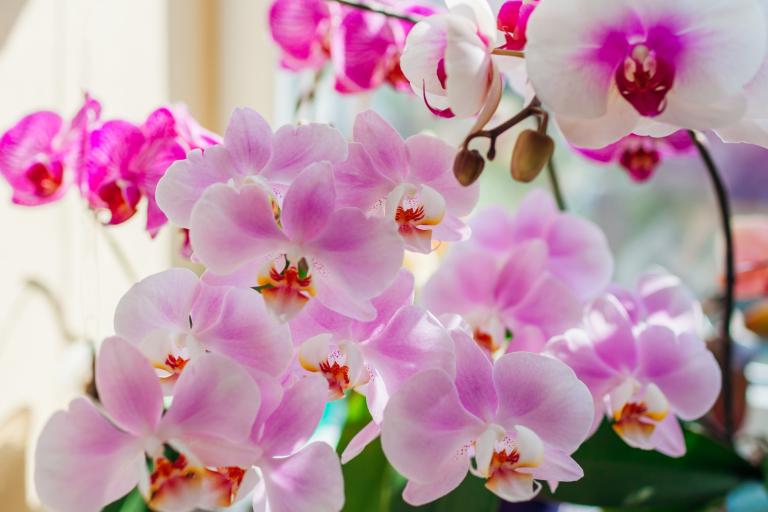
Orchids
The most common orchid is known as phalaenopsis or moth orchid. They come in a variety of colours and forms, ranging from the pure white Cambridge to the vibrant-patterned, pink, Jupiter orchid. Some orchids have a fragrant scent that is released in the morning, making them great natural diffusers that can enhance the ambiance of a space.
Tip: Orchids require stable temperature levels, as sudden cold temperatures can cause them to drop their flowers. This also applies to watering, as orchid roots need to dry out between waterings. You can check the roots to see if they are dry (silvery grey) or green (after watering), as an indicator to prevent root rot.
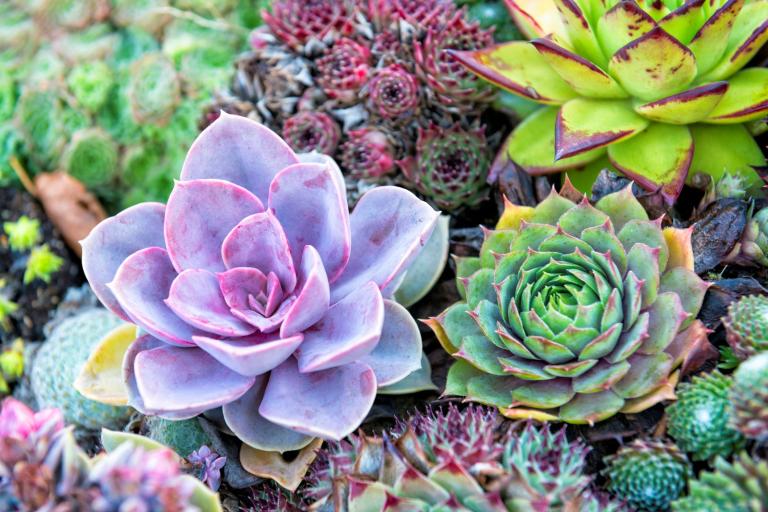
Cacti and Succulents
Cacti and succulents come in various shapes and sizes, from rosette-shaped succulents to several feet high euphorbias. They can make great statement plants that require little attention.
Tip: These plants thrive well under well-lit conditions and can grow successfully with adequate lighting requirements. Growth slows down during winter when the days are shorter, so it's a good time to reduce watering to a minimum and ensure the soil has dried out before watering again.
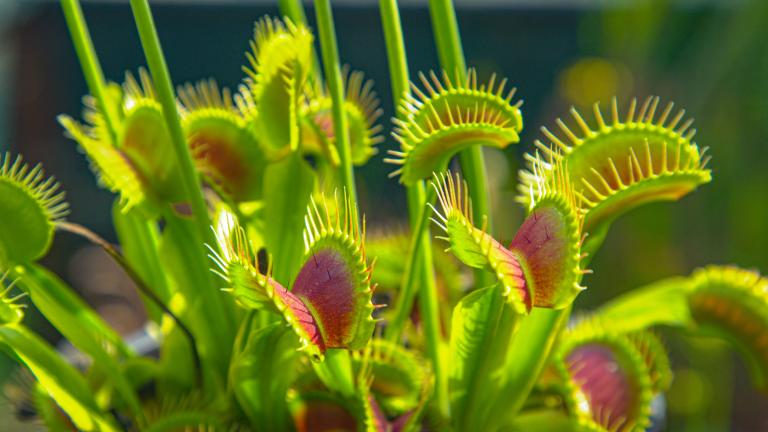
Carnivorous Plants
The ever-popular Venus fly trap (Dionaea muscipula), which feeds on insects, works when the specially adapted leaves are triggered. These have become engaging houseplants for young children and have been featured on television and social media. They come in various forms, including pitcher plants with tall trumpet-shaped pitfalls that capture prey and extract nutrients from them.
Tip: Carnivorous plants require wet conditions, and the soil should be kept moist to mimic their natural habitat, such as bogs and wet savannahs. Many carnivorous plants have a dormancy period where much of the plant dies back during winter, with regrowth starting in early spring when light levels and temperatures increase.
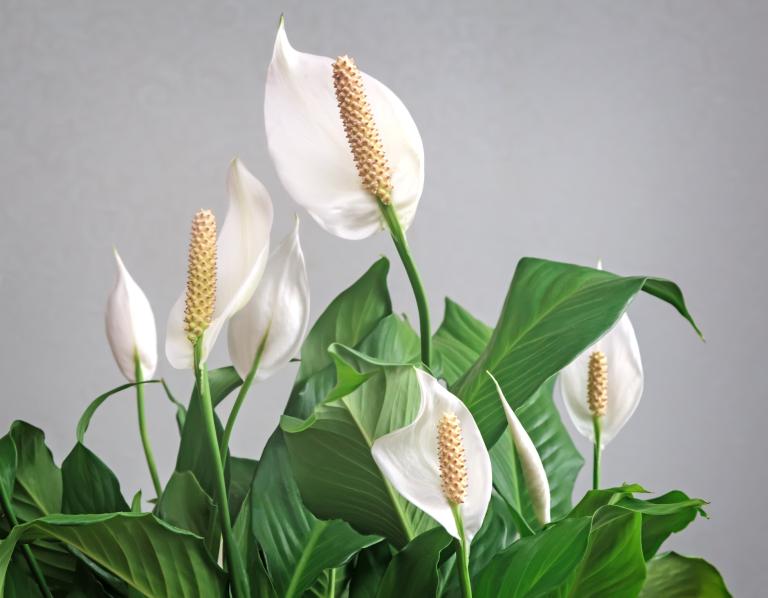
Air Purifying Plants
Many houseplants help remove toxins and impurities from the air while releasing oxygen, which improves air quality. Some popular examples include peace lilies (Spathiphyllum), Boston ferns (Nephrolepis), Areca palms (Dypsis), English ivy (Hedera), and spider plants (Chlorophytum).
Tip: These plants should be placed out of direct sunlight to prevent leaf scorching during hot summer months.
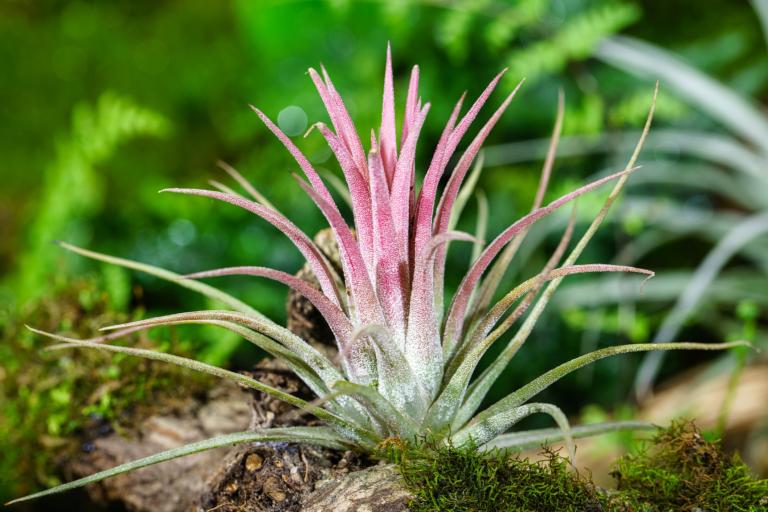
Air Plants
These pot less plants grow naturally in the wild on trees and rocks, attaching themselves to surfaces. They absorb moisture through their specially adapted leaves. Air plants can be used to create simple table centrepieces or attached to pieces of driftwood for an air plant feature display.
Tip: It's best to soak air plants in a container of water for around thirty minutes once every seven to ten days. After soaking, remove any excess water by shaking the plant to prevent rot in the centre.
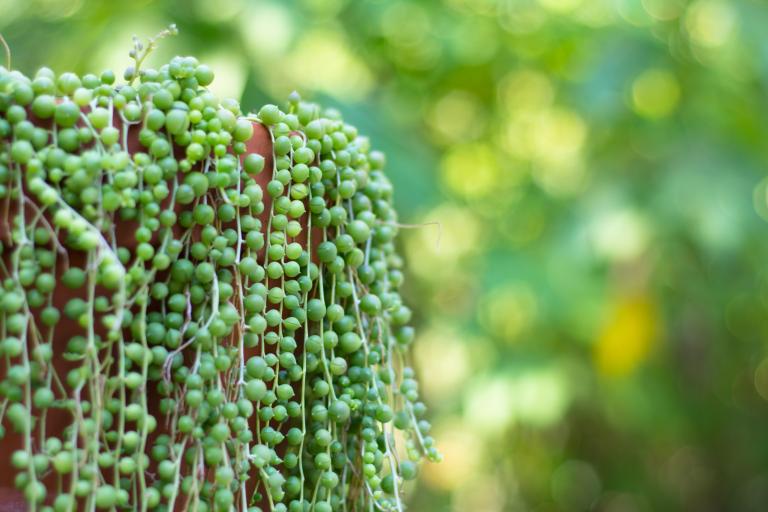
Trailing Plants
Trailing plants can add height and a point of focus to a room, they also work well when there isn’t much floor space. They come in a variety of forms from succulent type plants, like the string of pearls (Sencio rowleyanus), which thrives in a well-lit sunny window to Lipstick plants (Aeschyanthus radicans) which are popular trailing plant because of their vibrant red flowers.
Tip: It is easy to forget to water a trailing plant as it isn’t always at eye sight level. So, it’s a good idea to give the plant a good soak and let it dry out between waterings to prevent the roots from rotting.
